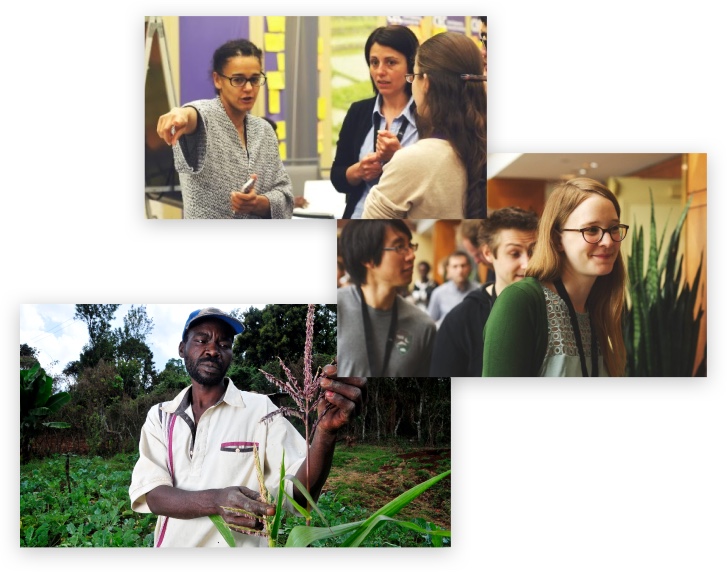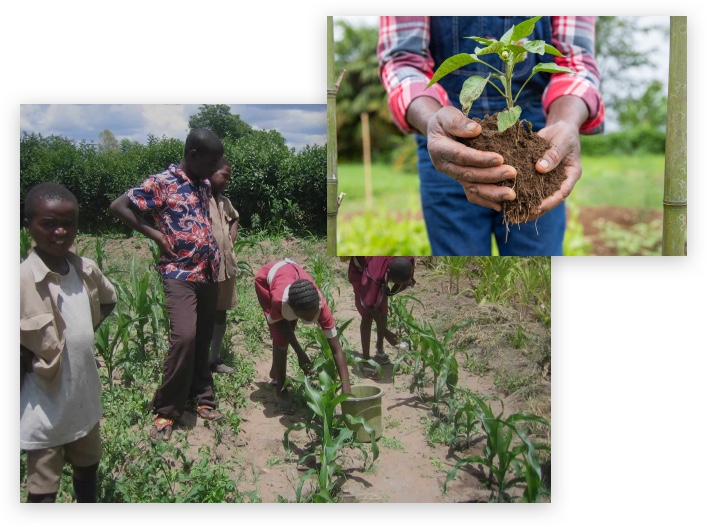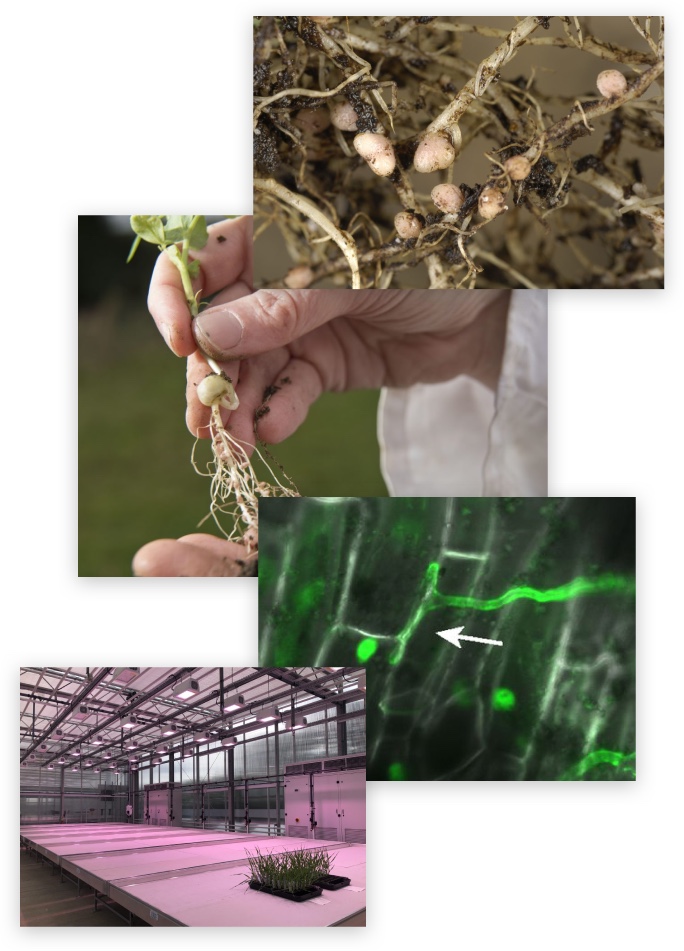Our Vision
To help make global agriculture more sustainable and equitable and focusing on improving and expanding the use of beneficial microorganisms for the delivery of nutrients essential for crop production.
Scientists from internationally-renowned institutions around the world, are collaborating on the ENSA project to help make global agriculture more sustainable and equitable. The ENSA project focuses on improving and expanding the use of beneficial microorganisms for the delivery of nutrients essential for crop production.
The aims of the programme are to replace the need for inorganic fertilisers by using beneficial microorganisms, providing a more easily accessible form of nutrient acquisition for small-holder farmers. Currently ENSA is field trialling new technologies towards this aim. Achieving this will be a major scientific breakthrough that would help the move towards the United Nations Sustainability Development Goal (SDGs) to end hunger.
ENSA’s innovation will:
- increase crop yields
- decrease farming costs
- contribute to making sustainable productivity a reality for low-income regions
What is ENSA?
ENSA aims to help improve the equity and environmental sustainability of global agriculture by developing self-fertilising cereal crops.
In 2022, ENSA’s team successfully replicated the nutrient acquiring process that naturally occurs in some plants, eliminating the need for expensive inorganic fertilisers.
Established in 2012, ENSA is a partnership between the University of Cambridge Crop Science Centre, Aarhus University, University of Oxford, Albert-Ludwigs-Universität Freiburg, La Trobe University, Niab, Université Toulouse III Paul Sabatier, Royal Holloway University of London, Penn State College of Agriculture Sciences, Wageningen University and Research, and the University of Illinois.
The ENSA project receives current grant funding from Gates Agricultural Innovations (Gates Ag One) and has previously been supported (2012-2024) through grants from the Gates Foundation and the UK Government’s Foreign, Commonwealth and Development Office.

The Goal
Around one in 10 people worldwide is suffering from hunger and one in three lacks regular access to adequate food.
Goal 2 of the SDGs aims to ‘end hunger, achieve food security and improved nutrition, and promote sustainable agriculture’.
Advancements in science and the development of agricultural solutions, such as that of the ENSA project, are set to make a considerable contribution to the achievement of this goal.

The Context
Crop yields in sub-Saharan Africa are around 15 - 20% of those in similar climatic regions. For most small-holder farmers in these regions, inorganic fertilisers are prohibitively expensive, as are the animals which create manure (organic fertilisers). So, nutrients in the soil are not adequately replenished and the yields of valuable crops, such as maize, decline over time.
This limits food production, which contributes to hunger and poverty in regions like sub-Saharan Africa, where most people depend on farming to support their families and communities.
In middle to high-income or developed countries, the widespread use of fertilisers has resulted in significant environmental pollution and loss of biodiversity. So, scientific innovations must leverage existing knowledge and experience to deliver sustainable solutions and ensure that no further negative impact is seen against other SDGs.

The Science
For most species of plants to grow, reactive forms of nitrogen must be available in the soil; a shortage of reactive nitrogen is the greatest limiting factor for growth and productivity of most arable plants.
Molecular di-nitrogen is the commonest form of nitrogen, but the only organisms on the planet that can use this form of nitrogen are bacteria. They have an enzyme, nitrogenase, that can convert di-nitrogen to ammonia, which can then be used in biological processes.
Legumes, such as peas and beans, get their nitrogen from a beneficial association with nitrogen-fixing bacteria and, therefore, do not need nitrogen fertiliser to be added to the soil. The plants form nodules on their roots that house the bacteria and provide the oxygen-regulated environment needed for nitrogen fixation to occur. It is a mutually beneficial process; the plant supports bacterial growth by delivering sugars from photosynthesis, and the bacteria supports plant growth by delivering ammonia.
Bacterial nitrogen fixation is the predominant natural way that reactive forms of nitrogen enter the environment. The nitrogenase enzyme is extremely sensitive to oxygen and can only function in an environment where oxygen is highly regulated, limiting the situations in which biological nitrogen fixation can occur.
To enable crops to utilise the full potential of fixed nitrogen, they also need to be able to access phosphorus and water. The ENSA team is working with mycorrhizal fungi, which form highly branched structures in root cells, called arbuscules, where the fungus delivers phosphorus, water and micronutrients to the plant. Mycorrhizal associations can form in most crop plants, but few crops fully benefit from this association in agriculture. This association can be improved to help deliver phosphorus, nitrogen, and water from the soil, as well as increasing resistance to plant diseases, and tolerances to many stresses, including drought and salt.

